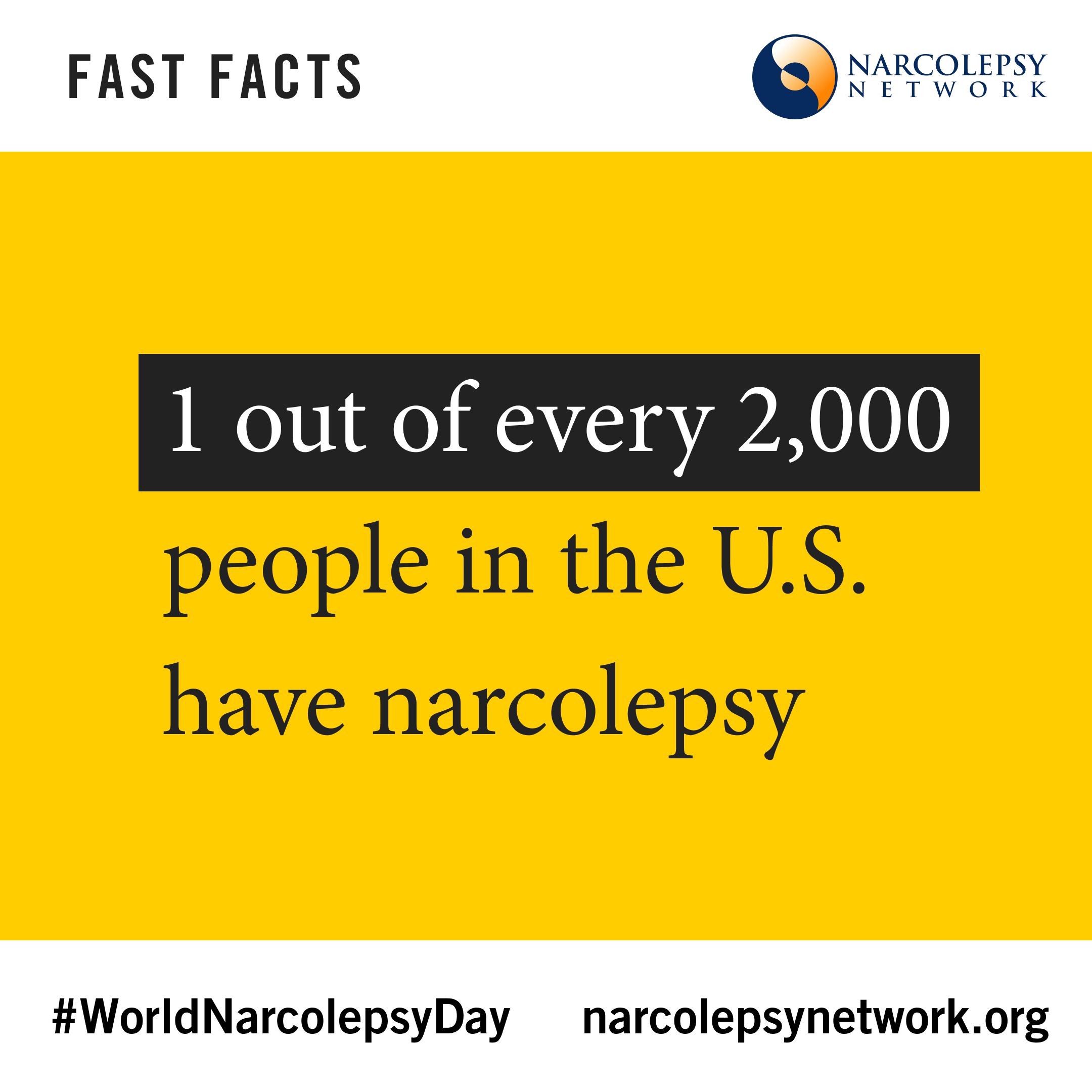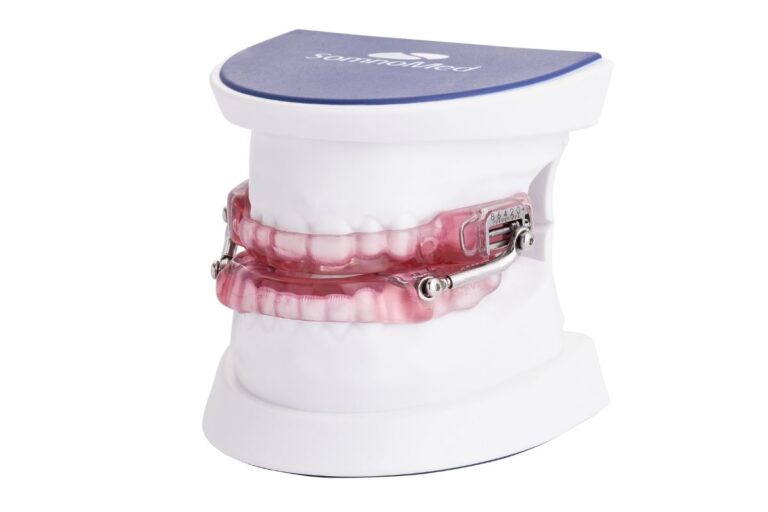Does Turkey Really Make You Sleepy? What Foods Help You Sleep Better?
Does Turkey Really Make You Sleepy? What Foods Help You Sleep Better?
As Thanksgiving approaches, many people jokingly blame turkey for their post-dinner drowsiness. But does turkey really make you sleepy, or is it just a myth? Let’s explore the science behind this popular belief and uncover other foods that may help you get a good night’s sleep.
The Turkey-Tryptophan Connection
Turkey contains tryptophan, an amino acid your body uses to produce serotonin, a neurotransmitter that helps regulate mood and sleep. Serotonin is also a precursor to melatonin, the hormone that controls your sleep-wake cycle.
While turkey is a good source of tryptophan, it’s not the sole reason for your Thanksgiving food coma. In fact, many foods—like chicken, eggs, cheese, and nuts—contain similar or even higher levels of tryptophan. The real culprits for your post-feast fatigue are likely the heavy carbohydrates (mashed potatoes, stuffing, rolls) and alcohol. These foods stimulate insulin release, which helps tryptophan reach your brain more easily, potentially causing drowsiness.
Foods That Can Improve Sleep
If you’re looking to boost your sleep naturally, incorporating certain foods into your diet might help. Here are some top picks:
1. Almonds and Walnuts
These nuts are rich in melatonin, magnesium, and healthy fats, which may promote better sleep. Magnesium, in particular, has been shown to improve sleep quality and help you stay asleep longer.
2. Bananas
Bananas are packed with potassium and magnesium, which relax muscles and nerves. They also contain small amounts of tryptophan, making them a perfect bedtime snack.
3. Kiwi
Research suggests eating two kiwis an hour before bedtime can improve sleep duration and quality. Kiwis are high in antioxidants and serotonin, both of which may enhance sleep.
4. Fatty Fish
Salmon, tuna, and mackerel are rich in vitamin D and omega-3 fatty acids. These nutrients regulate serotonin levels, supporting your sleep-wake cycle.
5. Tart Cherries
Tart cherries are one of the few natural sources of melatonin. Drinking tart cherry juice or snacking on the fruit can help you fall asleep faster.
6. Whole Grains
Oatmeal, brown rice, and barley can encourage the production of serotonin, thanks to their high levels of complex carbohydrates.
7. Herbal Teas
Chamomile and passionflower teas contain compounds that promote relaxation. Sipping a warm cup before bed can signal your body that it’s time to wind down.
Foods and Drinks to Avoid Before Bed
While some foods can help you sleep, others can disrupt it:
- Caffeine: Found in coffee, tea, chocolate, and many sodas, caffeine is a stimulant that can interfere with falling asleep.
- Alcohol: While it might make you feel drowsy initially, alcohol disrupts REM sleep, leaving you groggy in the morning.
- Spicy or Fatty Foods: These can cause indigestion or acid reflux, making it harder to sleep.
- Sugary Snacks: A sugar rush can spike your energy levels, delaying sleep onset.
Healthy Sleep Habits
Pairing a sleep-friendly diet with good sleep hygiene can maximize your rest. Create a calming bedtime routine, maintain a consistent sleep schedule, and limit screen time before bed.
If you’re still struggling to get quality sleep, consider consulting with a sleep specialist. At Comprehensive Sleep Care Center, we offer personalized solutions to help you achieve the restful sleep you deserve.
Ready to improve your sleep? Schedule a consultation with our team today!


